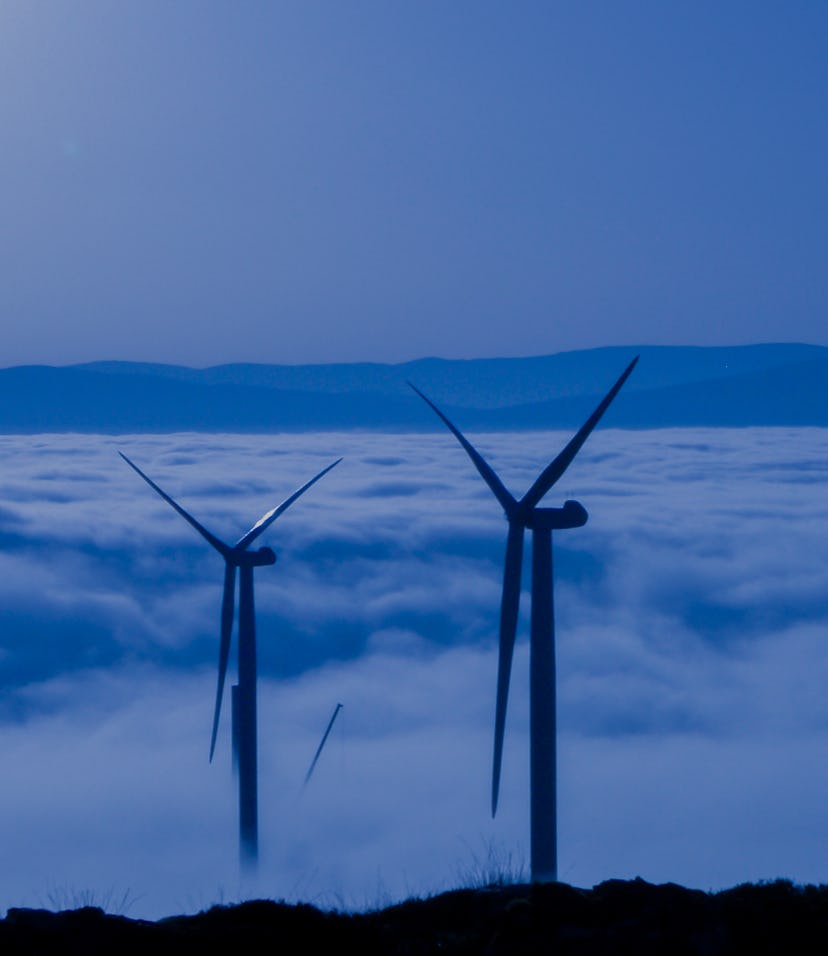Tech
Scotland's new hydrogen experiment could be a big environmental win
Water will be broken down into hydrogen gas using electricity generated from wind farms making the solution green from start to finish.

Scotland will soon begin a trial using green hydrogen to replace natural gas for cooking and heating in 300 homes, according to UK energy regulator Ofgem. The gas company SGN will fit homes with free hydrogen heating systems and stoves / ovens to be used over five years.
If the tests prove successful, the United Kingdom would get closer to reaching its carbon goals. Scotland says that by the end of 2020, it will generate enough energy from wind turbines to satisfy 100 percent of its electricity needs. Hydrogen gas to power heating and stoves will be generated using this renewable energy, meaning there would be no emissions along the chain.
Clean vs. dirty hydrogen — How the hydrogen in this process is generated is key, because while hydrogen itself is energy-dense and releases zero emissions, a major drawback is that electricity is needed to actually generate hydrogen gas in the first place. Because energy grids around the world derive their electricity from everything from renewables to coal, hydrogen extraction can be either clean or very dirty depending on where you are (in many places it's the latter). Under Scotland's experiment, it will be entirely clean.
Considering that 85 percent of homes in the UK are heated with a gas furnace, switching to green hydrogen could be a big deal. Heating buildings leaves a huge carbon footprint, and the UK's goal is to bring greenhouse gas emissions to net-zero by 2050.
Infrastructure issues — The announcement suggests the UK is evaluating hydrogen as the replacement for natural gas in part because the infrastructure for gas is already in place, and hydrogen could (theoretically) be fed through the existing pipes. That would keep costs down and increase the initiatives green credentials even further.
It might make more sense to use hydrogen than electricity because very large amounts of the former can be stored for when demand exceeds supply, and it's cheaper than electricity storage. That's a other advantage to having preinstalled infrastructure.
Under pressure — There may be some concern about leaking hydrogen, since it's very reactive, though Ofem says it's created a mechanism to reduce pressure along the way. The regulator is contributing $17 million for tests on the viability of using natural gas pipes to safely transport hydrogen gas over long distances.
Toyota coincidentally unveiled its second-generation Mirai hydrogen-powered car today with an astonishing 400 miles of range. Hydrogen vehicles have never really taken off because they have to be refueled at gas stations like traditional cars, and nobody has built out the infrastructure in the same way that Tesla has with its Supercharger network of electric charging stations. And electric cars can easily be fueled up at home with a DC charger. Perhaps, one day, you'll be able to refill your hydrogen-powered car at home, too.